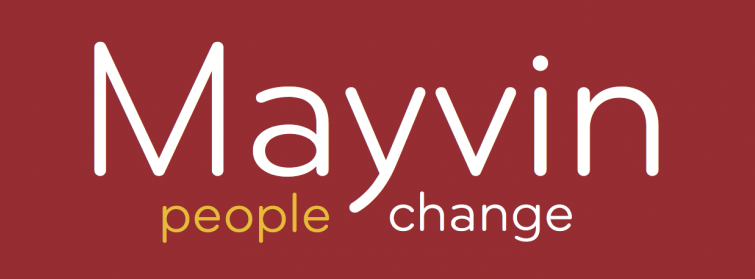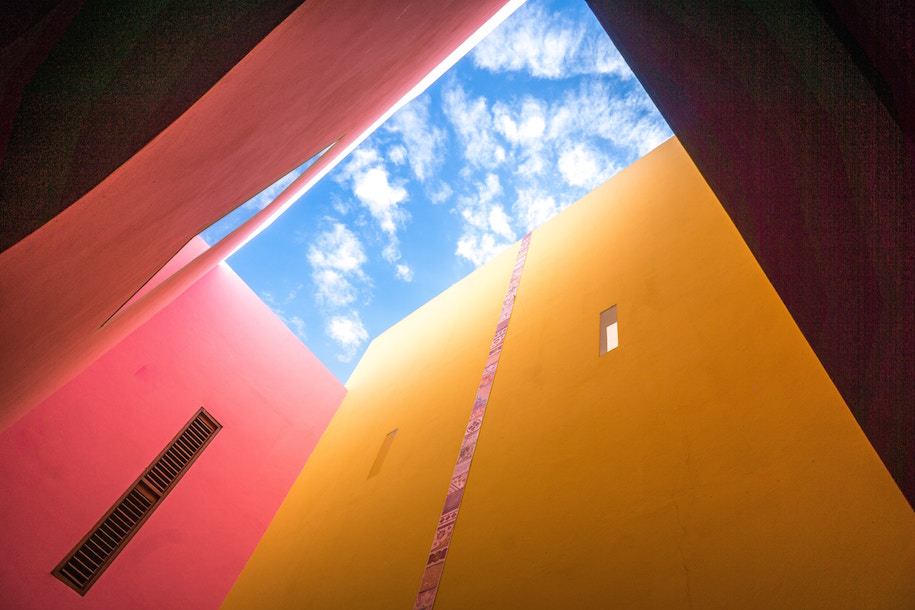Tony Nicholls, Mayvin Principal Consultant, demonstrates how the way in which we see organisations and our field of practice as 'things' can constrain our thinking and effectiveness as practitioners.
As part of our emerging thinking on where Organisation Development meets Organisation Design, I previously wrote about how “curiosity, reflection and systems thinking could be the spaces in which…dreaming is stimulated, nurtured and then structured for purposeful use.” In this post, I want to build on this thinking and share some insights on re-imagining organisations that came, coincidentally, through a dream.
Dreaming
In my dream, I was looking at a Matrix-like image of a modern city. There were recognisable office buildings and apartment blocks. However, the structures were all translucent. I could see through the walls of these buildings and pick out the people, themselves translucent, going about their work. They were in meetings, at their desks and on their phones.
I was simultaneously seeing the big picture and the detail. As well as perusing the overall city-scape, I could see into the brains of these many people. Flashes of light represented the firing of billions of synapses combining to produce emotions, thought and action.
Visible electromagnetic waves flowed from their phones and computers, passing through cables and through the air. I could even see ‘waves’ of communication passing between individuals and teams, some of it spoken out loud, some of it not. As I watched, I recognised the scene was morphing. The change was almost imperceptible, but time was speeded up just enough for me to notice. Buildings changed shape. The individual people came and went.
As a result, the overall cityscape altered. However, despite this creeping change, there was always something I could recognise and name as a ‘thing’, namely, a city.
Insights
It was at the moment of waking, that the insights associated with this dream came to me.
I realised that I had been looking at a representation of ‘the organisation’. More accurately, it was representative of how I have come to think about, or ‘see’, organisations. Part-inanimate, part-living and without boundaries. Connected within and without through multiple systems-enabled and natural human communicative processes. Ever-changing, through natural processes, as well as through planned intervention. Critically, this dream showed the organisation as something not real, but imagined.
This lack of real-ness, was brought home as I moved from dream to waking state. It was as if someone had unplugged me from the Matrix. All the physical elements of the city-scape suddenly disappeared. This left the millions of people suspended in space as the air, land and underground spaces became a unified nothingness. Then, the very thing that gave these suspended individuals life was switched off. Their synaptic firings ceased and every individual fell to an unseen glass floor and became lifeless lumps of organic material.
The intangible, ephemeral nature of the organisation was highlighted as the separate elements of ‘it’ were removed, one by one. The city, or for the purposes of this post, the organisation, was deconstructed before my eyes and shown to not be a real thing, but a figment of my imagination.
And so it is with the organisations we work in or alongside. They are no more real than the concept of ‘Britishness’, the value of Sterling or the laws which we choose, or choose not, to abide by.
Organisations are, in fact, loose coalitions of inanimate things and living beings, brought together in the pursuit of a common goal. There is no it, only a concept held in our minds.
Re-imagining organisations
If organisations are figments of our imagination, then it follows that we can’t actually do things to them. Unlike a physical thing. Such as a building, there is nothing real to develop or design.
This then leaves our ‘fields’ of Organisation Development and Organisation Design in a precarious position. Are they also not real? The logical conclusions is they are not. What we describe as “fields of theory and practice” are also figments of our imagination. They are not real ‘things’ to literally be ‘walked around’ or ‘gotten hold of’ through study and practice. There is only an imaginary boundary, seen in our mind’s eye, or drawn on a piece of paper. Within this imaginary bounded space, we place a loose coalition of models, theories and practices which we then label as a ‘thing’.
As Organisation Development and Organisation Design practitioners, our work then, is not to ‘develop’ or to ‘design’ anything. It is to re-imagine the imaginary.
Given that re-imagining is an act of creativity, it is helpful for us to lose the inhibitions that restrict our thinking and dampen our confidence when we work with our clients. Like adults being told to find their inner child when asked to draw pictures for the first time in decades, we need to throw off years of conditioning that tell us we ‘stand’ within one field or another. As happened with the organisation in my dream, we must deconstruct our fields and see only a boundary-less array of different tools and methods at our disposal.
Critically, we must help our clients re-imagine, but not by offering them yet more imaginary ‘things’, like fields of practice and their associated foreign languages. This help is best offered by adopting the language they use to describe the thing they believe to be real: their organisation. This way we lessen the anxiety associated with having to learn new concepts and instead we can demonstrate genuine curiosity, create space for reflection and introduce systems thinking to direct more purposeful interventions.
To help our clients re-imagine their worlds, we must first re-imagine ours.

